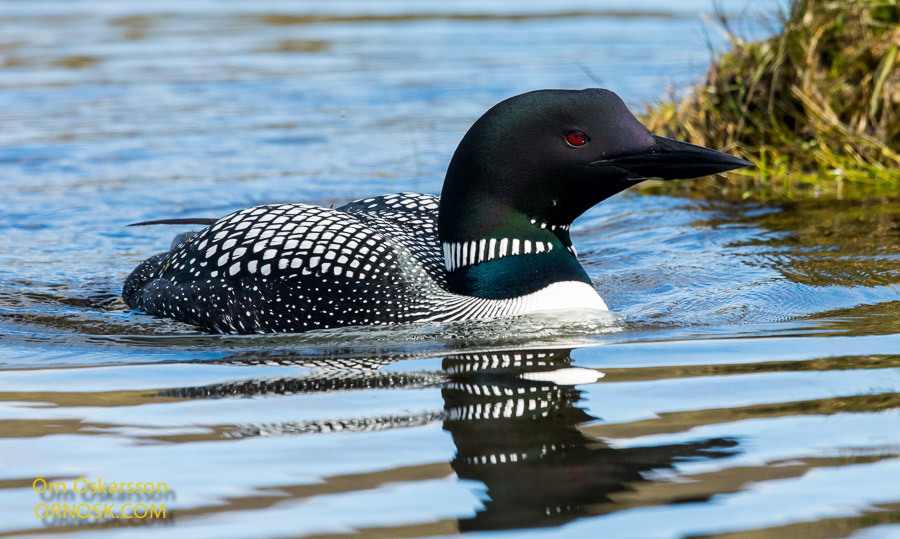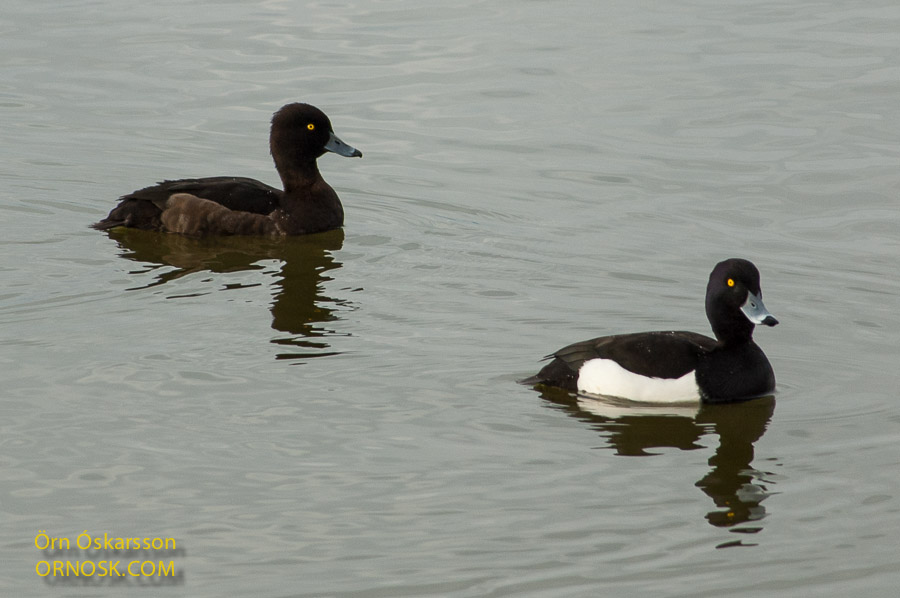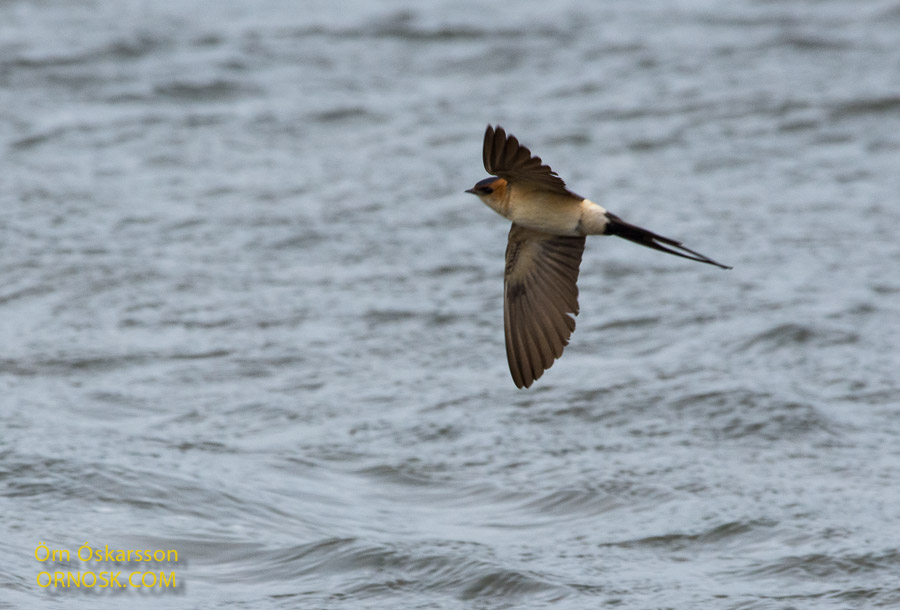
The Ringed Plover is a small shorebirds, delicate and beautifully proportioned. In Iceland they breed all over the country, from the coast and lowlands, up to the highlands. Its favourite habitat are open sandy areas where there is little vegetation and it lays its eggs in sand or gravel.
The Ringed Plovers are migratory birds that fly south to South West Europe in the autumn and arrive back in Iceland in April. It is estimated that the breeding population counts around 50,000 pairs.





























